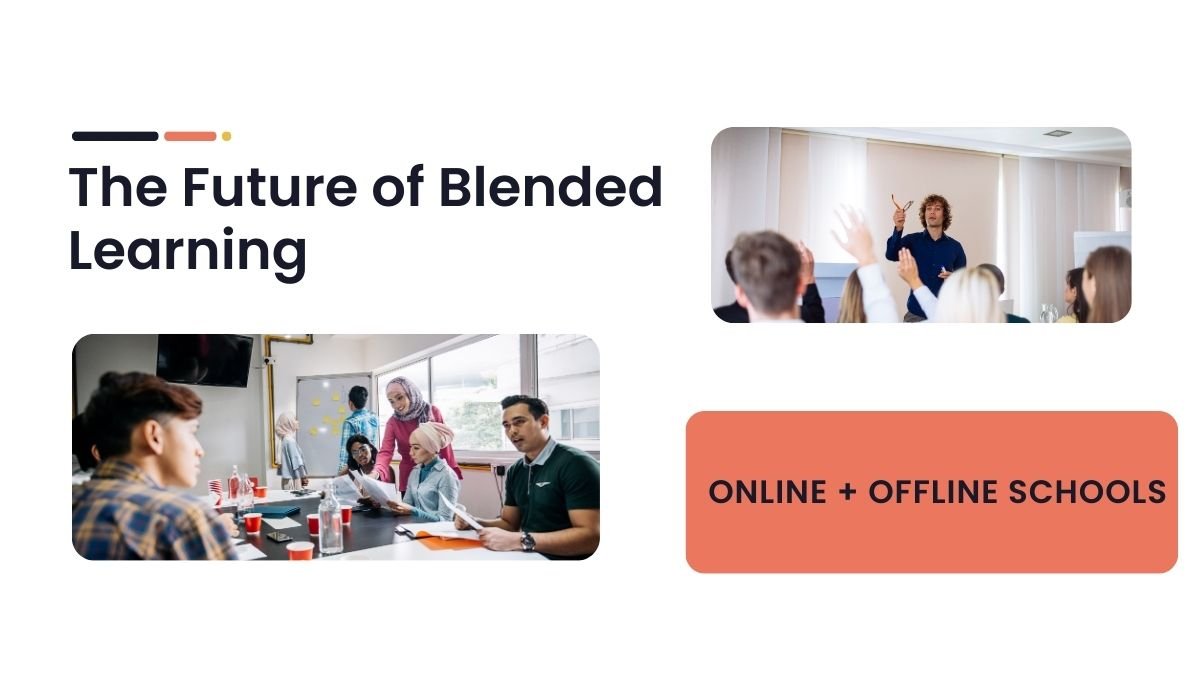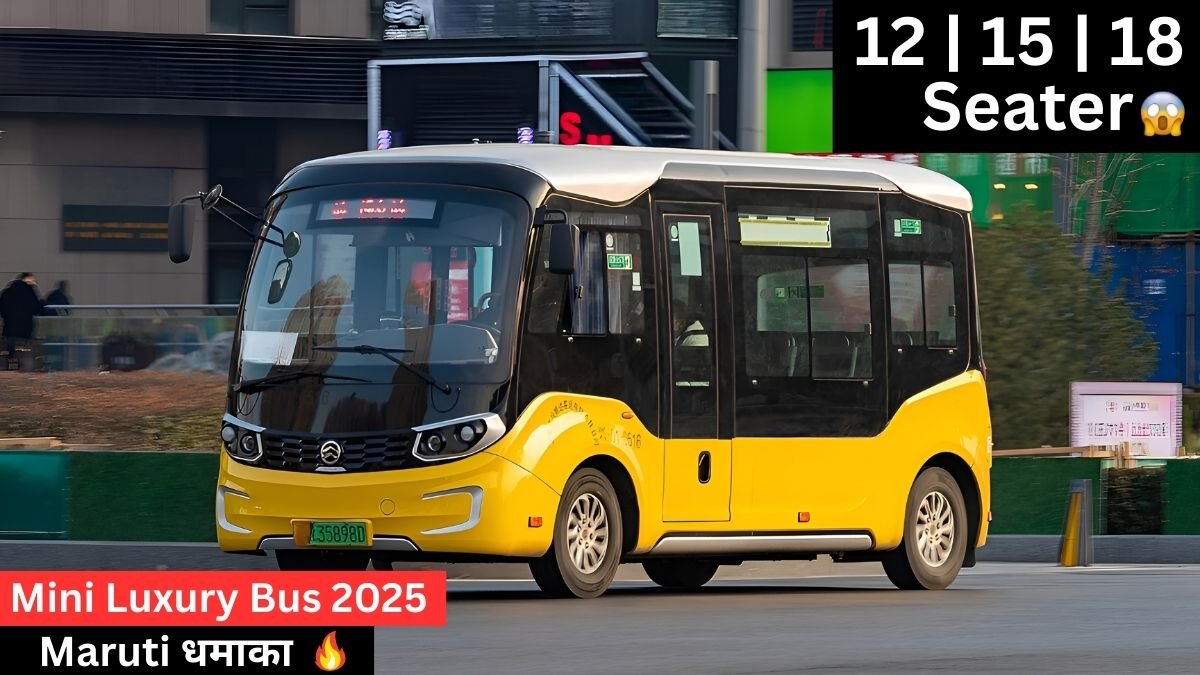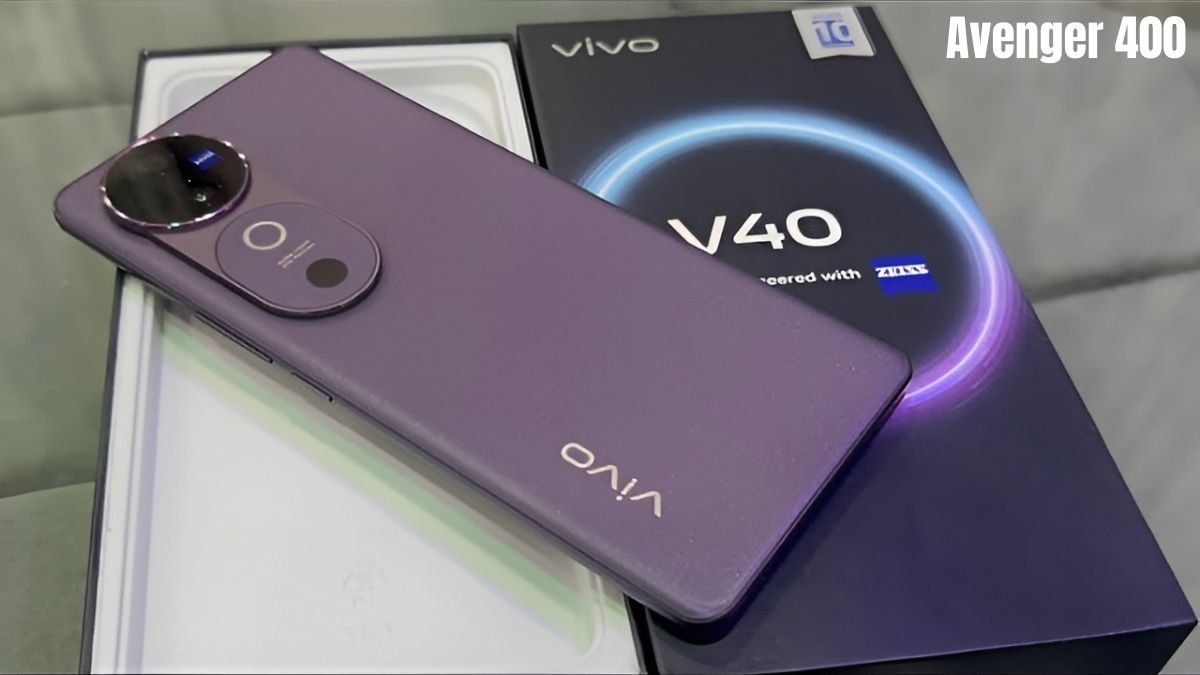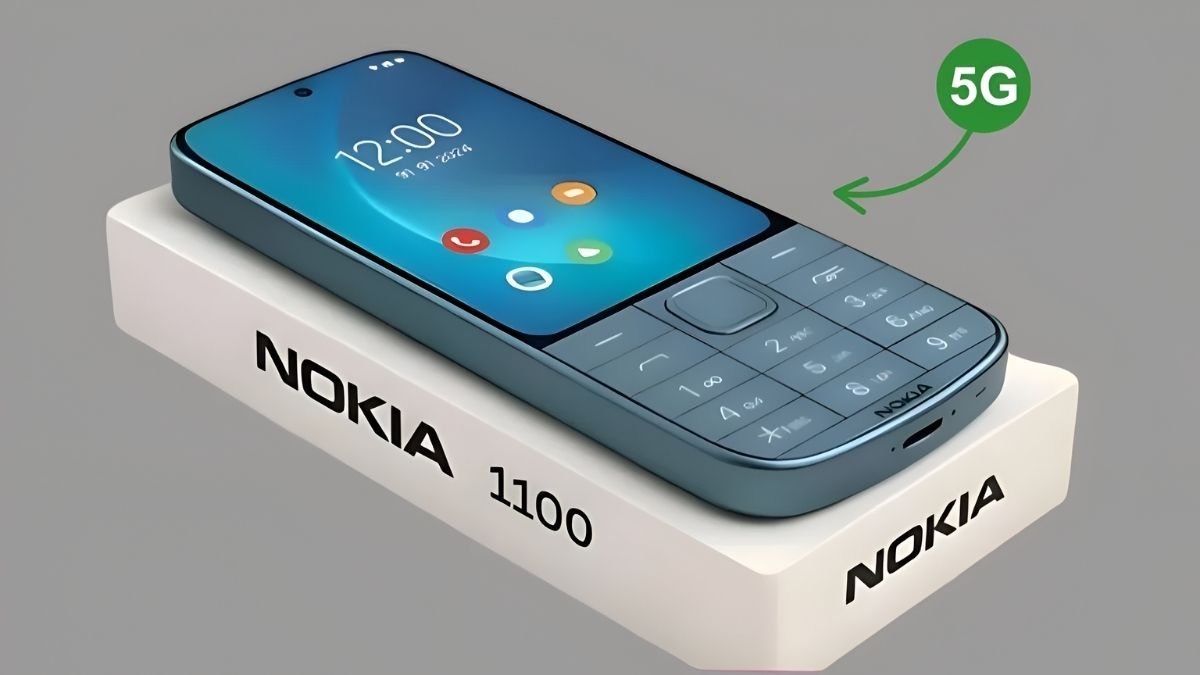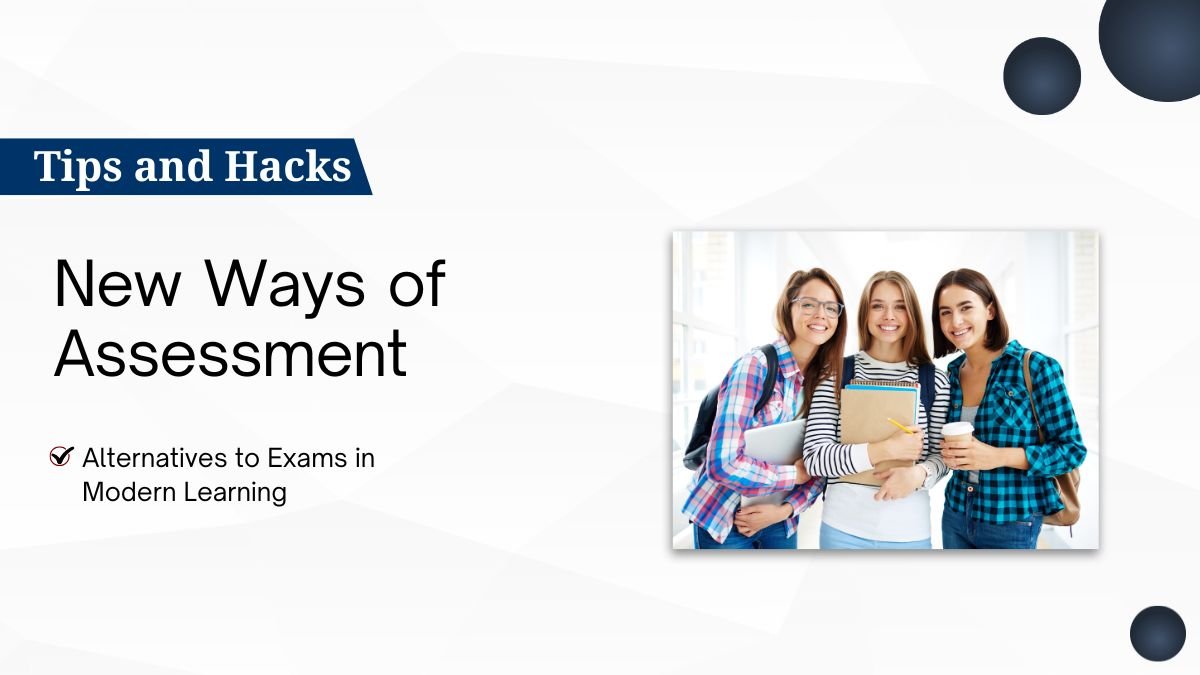Future of Education: Blended Learning
The changing trends of fast-moving world towards future of education are changing fast. Classroom learning is not enough for the traditional school anymore. It completely changed the way of learning with technology and digital tools just as the case involves blended learning.
What is blended learning? Blended learning is a model that combines online learning with offline learning and seeks to make learning both flexible and personalized. It puts learning into better forms for students. It is an advantage to both students and teachers when it comes to learning.
The most important benefits students derive from blended learning
1. More participation and performance by students
Digital content, videos and animations, and interactivity are much more attractive to students.
For example, if a difficult topic of science is described through some video demonstration, then the topic becomes easier for students compared to a text-descriptive content.
Thus, the understanding of the students increases and the chances for good scores in the exam increase.
2. Personalized learning
Every student proceeds on an individual learning pace. On this basis, blended learning allows for personalized learning because each student learns at his/her speed.
Revisit and get access to additional resources on difficult subjects online.
For example: A student who is slow in a topic of mathematics can alone repeatedly watch the videos and practice quizzes of that topic.
3. Flexibility and Accessibility
Students can learn anywhere, anytime.
In the event of a missed class, he can watch it online.
This is especially beneficial to students whose schedules or circumstances do not allow regular class attendance.
4. Teacher productivity enhancement
The automated administrative tasks of grading, progress reporting, and sharing of data leave teachers with enough time for engaging with their students and building creative lesson plans.
5. Data-Driven Insights Awareness
Dealing with students’ progress real time is now possible for teachers.
Learning gaps can be pointed out while strategies can also tend to change.
For example, if the content of a topic proves difficult most students, teachers can supplement it with more videos or exercises.
Effects of blended learning into future education
1. Flexibility to Adapt to Changes
Even when an unprecedented event such the lockdown occurs, this model can learn.
Learning time and quality of students will not be affected.
2. Develop Future Competences
It teaches self-reliance for students, organizational skills and, of course, proficiency in digital means.
This is really essential for a successful life of an individual in the 21st century.
3. Modern Learned Setting
Learning becomes so dynamic because of the technologies incorporated in smart classrooms.
Example: Smartboards, online quizzes, virtual labs and interactive projects.
Challenges and their solutions
1. Digital Divide
Not all students have equal access to the Internet and devices.
Solution: Schools and government schemes should provide digital devices and internet facilities.
2. Teacher Training
For effective blended learning, teachers must be trained in smart tools and digital platforms.
Example: Online class operation, digital assessment and ability to create interactive content.
3. Technical issues
There may be interruptions in the course of the teaching when the network is interrupted or equipment fails.
Solution: Keeping the offline content, recorded lectures, and backup plans ready would help.
Conclusion
Blended learning is basically the future of education. It engages learning to be more effective and flexible through both online and offline means.
- Personalized according to learning pace and style: better improvements and future skills.
- Time savings, better management of students and creative lesson planning.
- Flexibility of future-ready education—customizable education models ready for future challenges in schools and institutions.
In short, blended learning not only improves and enhances the quality of education of today but prepares it for the future so that every student and teacher can make the best use of both digital and traditional methods.
